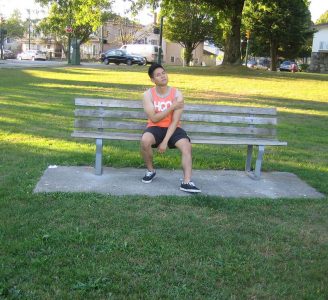Shoulder subluxation occurs if the humerus is driven partly out of the shoulder socket. As a ball and socket joint, the shoulder is considered highly mobile. On the other hand, its mobility makes it unstable as well.
Common signs of shoulder subluxation
Slackness and popping sensation
If an individual ends up with shoulder subluxation, there is a popping sensation as the ball joint is driven out of the socket and moves back in. Oftentimes, the popping can be heard.
Individuals with the injury might feel that the shoulder feels as if it is slipping or catching or the arm turns dead from time to time. In addition, there is also slackness in the joint. The individual might be hesitant to raise the arms overhead due to fear that the joint might pop out.

Weakness, numbness and pain
Once shoulder subluxation occurs, the shoulder pain is localized in the joint. The movements that trigger the discomfort are partly based on the form of subluxation.
Most cases of subluxation are anterior in nature where the joint slips forward. Throwing movements can worsen the discomfort in an anterior subluxation. The pain will lead to weakness since the individual avoids engaging in any uncomfortable movements. Additionally, the joint often feels numb along with tingling that might radiate down the arm.
What are the visual signs?
The visual signs are often evident with a subluxation. Both swelling and bruising are likely to occur on the site where the injury occurred.
If compared to the uninjured shoulder, the damaged side often appears less round. When a sulcus test is carried out which assesses shoulder instability, it has a positive result with evident dimpling beneath the bony prominence at the upper part of the shoulder.
Disclaimer / More Information
The information posted on this page on shoulder subluxation is for learning and educational purposes only. To learn to recognize the signs of injury, register for first aid training at one of our training centers located throughout Canada. The training centers are in Edmonton, Calgary, Vancouver, Kelowna, Saskatoon, Victoria, Surrey, Mississauga, Winnipeg, Red Deer, Toronto, Ottawa and Halifax.

